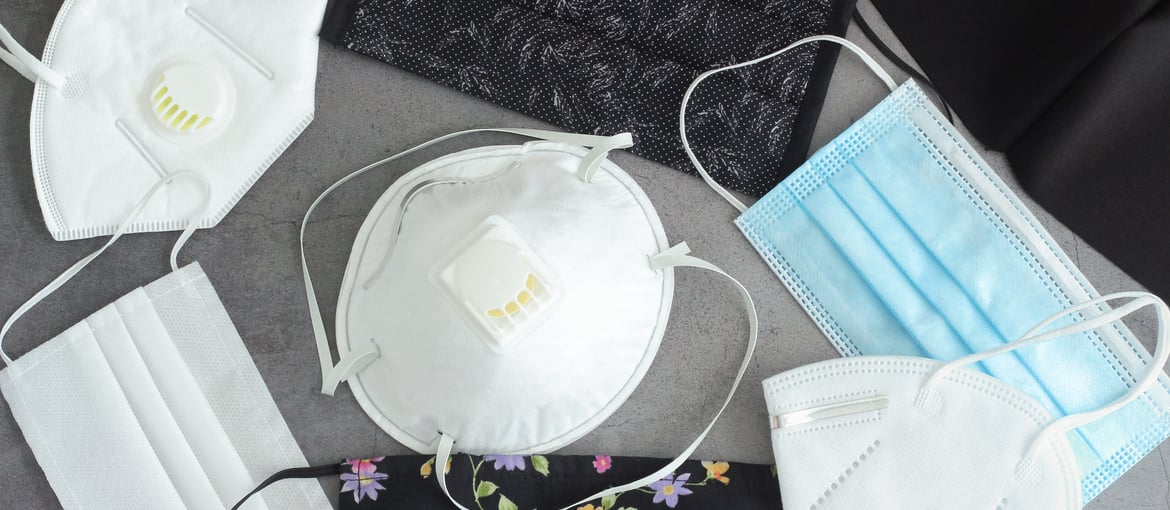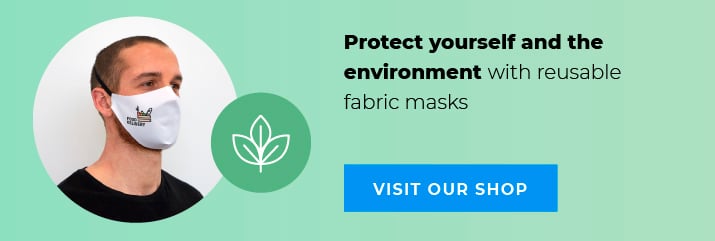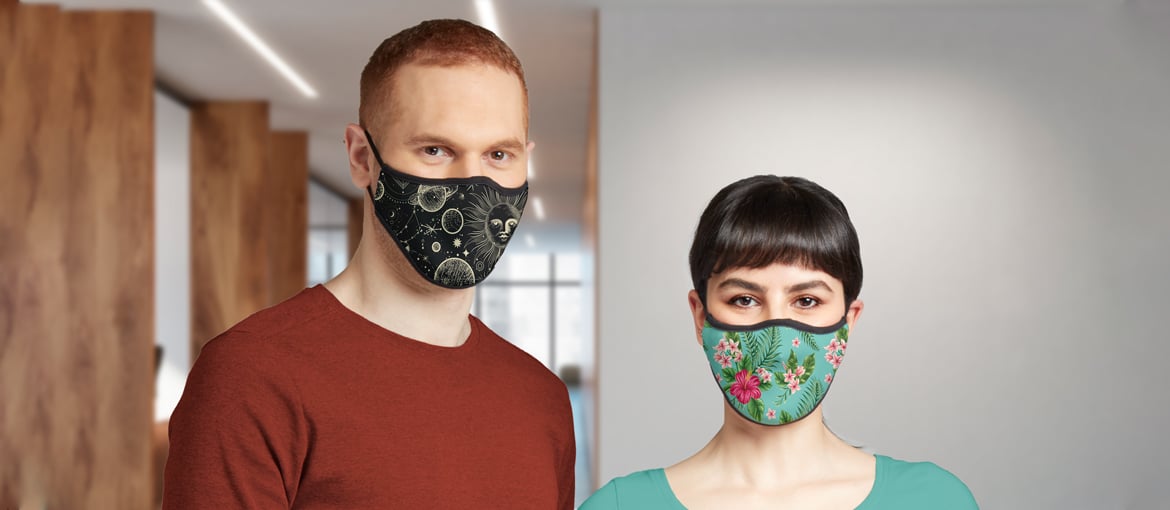Table of Contents
Face mask types and their differences: surgical, FFP1, FFP2, FFP3 and more
One thing’s become clear: we’re going to have to get used to wearing protective face masks for the foreseeable future. Which means it’s important to understand the various types of face masks on the market so we can purchase the right type for our needs.
The question of face masks and their effectiveness is currently the subject of heated debate. The ECDC (European Centre for Disease Prevention and Control) recently published a study on the effectiveness of face mask use in the community for limiting the spread of COVID-19. Their use is increasingly encouraged (or even mandated) by countries around the world, which is why it’s useful to know what types of face mask are available and how they differ from one another.
What’s more, it’s difficult to find any type of face mask at the moment, let alone FFP2 or FFP3 masks. So we need to know what we’re buying and how it can protect us and others.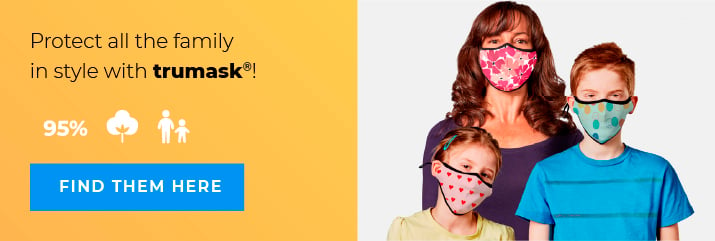
FFP3 masks and more: features of different face masks on the market
In this blog post, we’re going to give an overview of the types of face mask on the market: we’ll look at the FFP3 mask and the more common FFP2 mask, along with surgical masks and non-medical fabric masks.
At the moment, the main types of face mask available are:
- Fabric hygiene masks for non-medical use
- Surgical masks
- PPE masks (FFP1, FFP2 and FFP3 masks)
- N95 and KN95 masks (similar to FFP2)
- Filtering masks
Let’s take a look at the main features.
1.Fabric hygiene masks for non-medical use: washable and re-usable
These simple face masks are intended for non-medical hygiene use and are not certified. At a time of huge demand for masks and scarce supply, many firms have converted their production lines so that they can make hygiene masks. Indeed, it’s important to protect yourself by wearing a a fabric barrier that allows you to breathe easily while preventing the spread of potentially contagious droplets. These face masks must completely cover the nose and mouth and must be used, like all other face masks that aren’t PPE, while keeping a safe distance of at least two metres from other people. This type of mask is washable and reusable, and complements the hygiene measures recommended by the World Health Organization.

So, they aren’t a medical device, but they do help prevent the spread of the coronavirus by filtering out the majority of droplets expelled from the nose and mouth. An increasing number of countries (including the United States) are recommending that people wear some sort of face covering, even if homemade, to help limit the spread of the disease. Non-medical fabric face masks are therefore a low-cost form of collective protection that provide a mechanical barrier against the spread of the virus. Furthermore, they do help to reduce the enormous amount of waste associated with the use of disposable face masks and gloves.
The masks are available to buy here.
2.Surgical masks: useful for protecting the people around you from possible infection
Surgical face masks are among the most commonly used face coverings in the COVID-19 pandemic so far. Typically blue coloured, these are the masks usually worn by doctors and dentists. The purpose of surgical masks is to protect patients from potential contact with bacteria and viruses exhaled by the wearer. Their value lies in the ability to effectively filter the air expelled from the nose and mouth. They have a very high exhalation filtration efficiency of around 95%. This is why they are considered a good way of limiting the spread of saliva droplets that are expelled when you talk, cough and sneeze. Some have called them “altruistic masks”because, while they effectively filter the air leaving the wearer’s nose and mouth, they are not as effective at filtering the air inhaled by the wearer.
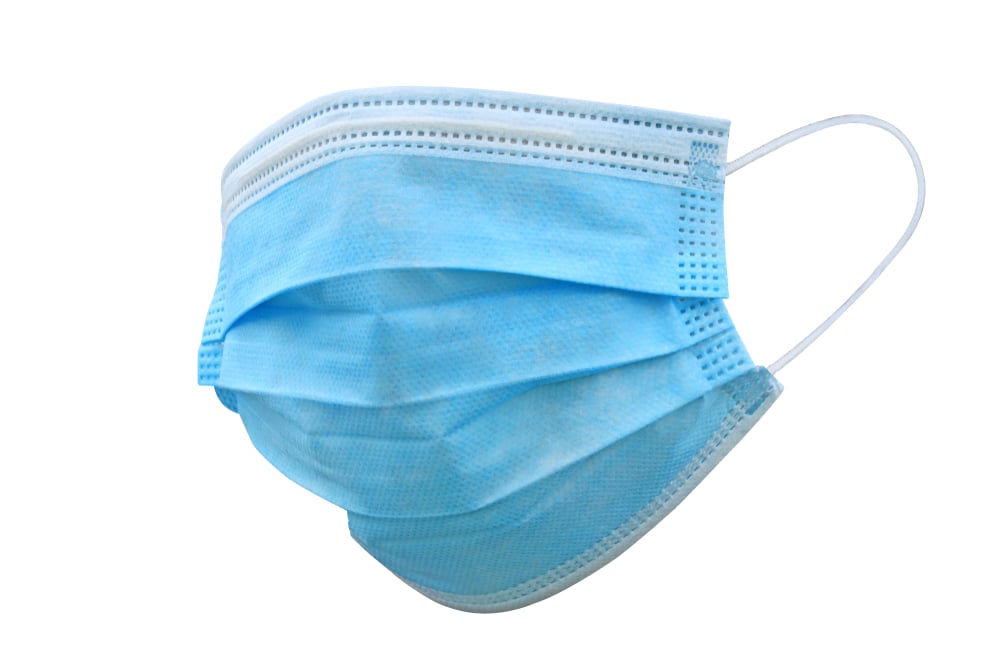
So, they’re a great way of preventing the spread of the coronavirus through the air, but aren’t an effective means of protecting the wearer from the virus. This means that, for their own safety, those wearing surgical masks in public must always ensure they keep at least two metres away from other people. They should also remember that, to be effective, surgical masks must completely and continuously cover the nose and mouth. These face masks are single use, which means that once they become wet, after roughly four hours of use, they must be thrown away.
2.FFP3 and FFP2 masks: personal protective equipment for fighting the coronavirus
Worn by medical staff in hospitals, these face masks are considered to be PPE (personal protective equipment), which means they provide superior filtration efficiency for inhaled and exhaled air than surgical masks. FFP stands for “filtering facepiece” and indicates that the mask has been certified as meeting the EN 149-2001 standard, which sets minimum performance criteria for efficiency, breathability, structural stability and biocompatibility. The numbering system (FFP1, FPP2, FFP3) indicates the filtration efficiency of these devices. FFP1 masks have a limited filtering efficiency: they only filter out the biggest particles and are not the most suitable for protecting the wearer from the harmful microparticles that carry the virus. FFP2 and FPP3, on the other hand, have a filtration efficiency for airborne particles (including those that contain the virus) of 92% for FPP2 and 98% for FFP3.
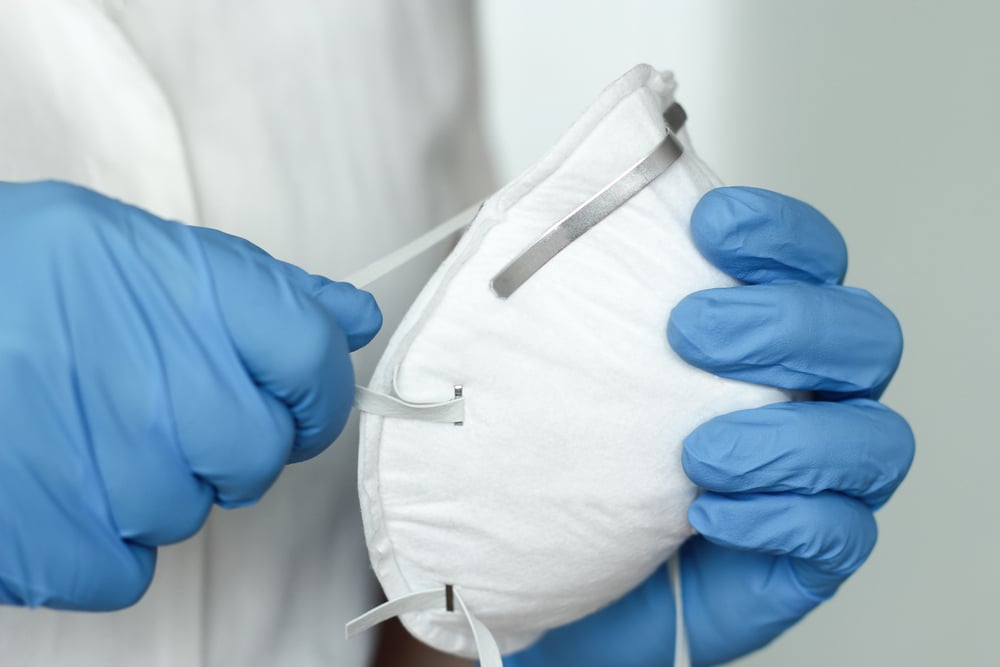
The most effective face masks for protecting yourself and others against COVID-19 are valveless FFP2 and FFP3 masks, as the most maximum protection for the wearer and those around them. Remember that valves expel the wearer’s exhaled air without filtering it, which means their use is not recommended, especially by those who have symptoms or might be contagious. One drawback of FFP3 masks is that, because of their high level of filtering and the layering of the materials used to make them, they can become uncomfortable when worn for prolonged periods. These masks also have a limited lifespan. They are designed to provide protection for about six hours, after which their filtration efficiency can no longer be guaranteed, and they must be disposed of.
4.N95 and KN95 masks: similar to FFP2 masks, these offer a high level of protection to medical staff
The ratings N95 and KN95 accompany respirator mask that are certified to American (N95) and Chinese (KN95) standards respectively. These are similar, but not identical, to European FFP2 mask standards. Here we need to clarify something: for the efficiency of masks with these ratings to be officially considered equivalent to FFP2 masks, they must carry the CE mark. This means that the mask’s efficiency has been tested and certified as meeting European Union standards. So, if N95 and KN95 masks carry the CE mark, their efficiency at filtering micro particles and viruses is the equivalent to FFP2 masks.
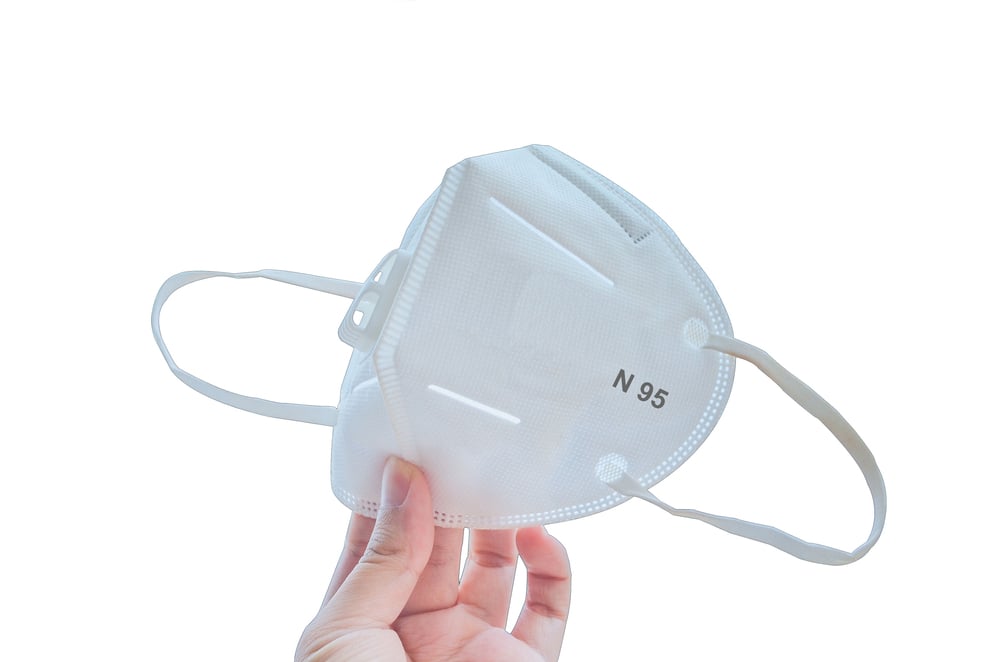
5.Filtering masks:a high level of protection plus reusability
As well as the traditional types of masks described above, a new type of face mask that has recently hit the market: the filtering mask. This type of mask is specially designed to combine high filtration efficiency and comfort, and is manufactured using advanced technology: it has a nanofibre filter that guarantees a bacterial and harmful fine dust filtering capacity of 90%. This mask combines high filtration capacity with reusability as it can be machine washed at 60 degrees.
What’s more, it comes in a range of attractive patterns and colours. In short, it’s a mask that offers protection and eye-catching design while respecting the environment. This product can be re-used over and over again letting you go about your business safely, while reducing the waste associated with the use of single-use masks.
You can find the trumask® pro filtering mask in our shop on this page.
6.Summer masks: lightweight and triple layer filtering fabric
With the summer weather, traditional masks can be “heavy” when worn. Luckly you can also find lighter filter masks on the market, made of multilayer fabric, to effectively protect yourself and those around you from infection. Pixartprinting has launched the Triple Layer Pro Masks. These masks are lighter, have adjustable elastic bands for superior fit and comfort and have a certified micro-particle filtering capacity of over 90%. These masks take advantage of the ability of nanofibers in one of three layers of fabric that block harmful microparticles.
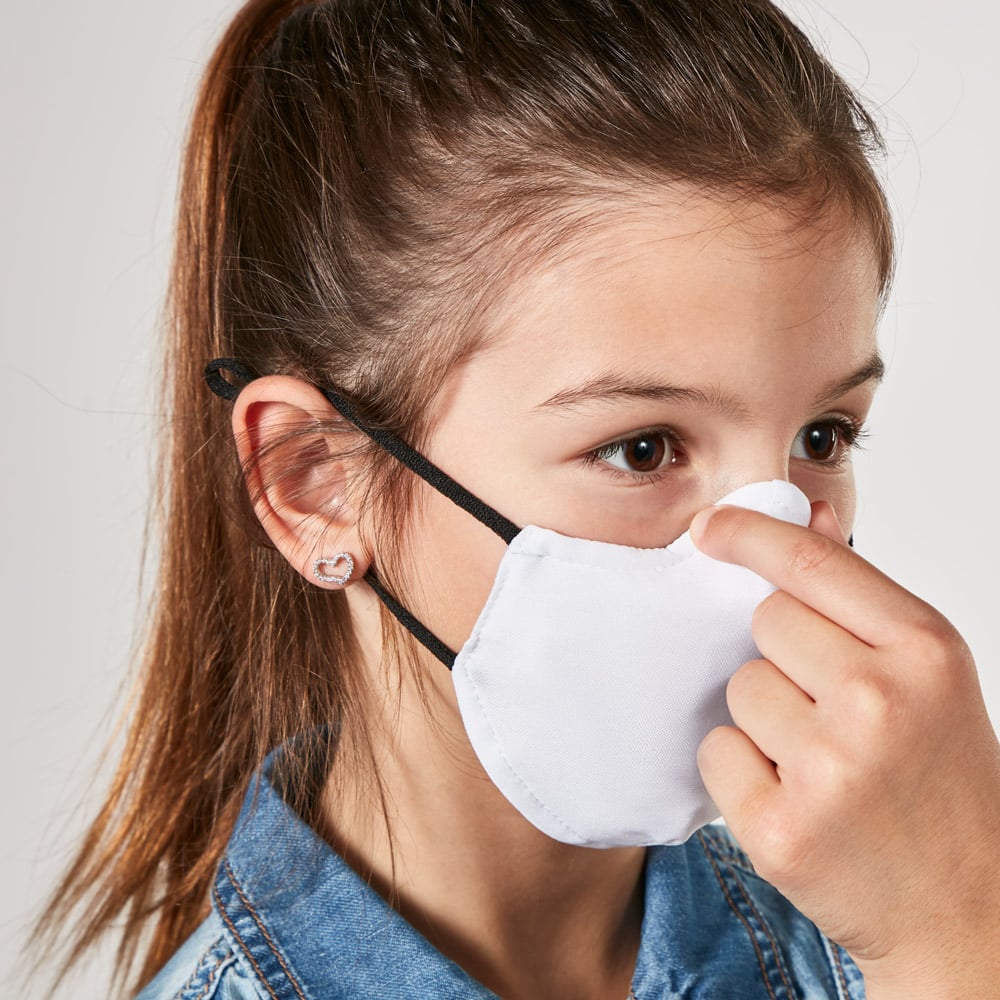
The mask can be conveniently washed in the washing machine at a temperature of 60 degrees and reused many times. In addition, since anti-virus masks have now become an essential tool, they also take care of aesthetics. There are over 150 motifs and decorations that you can choose to apply to your Pro Triple Layer mask. Besides, you can also customize it with your logo or a design of your choice from a single copy. The colourful, reusable, highly filterable solution to protect yourself comfortably even in summer. You can find them here.

